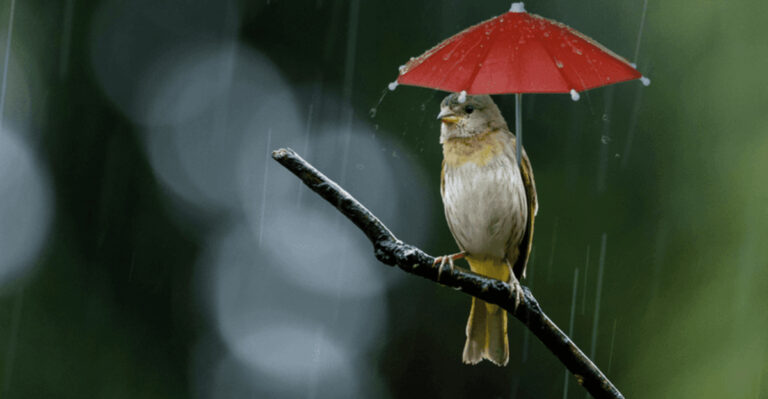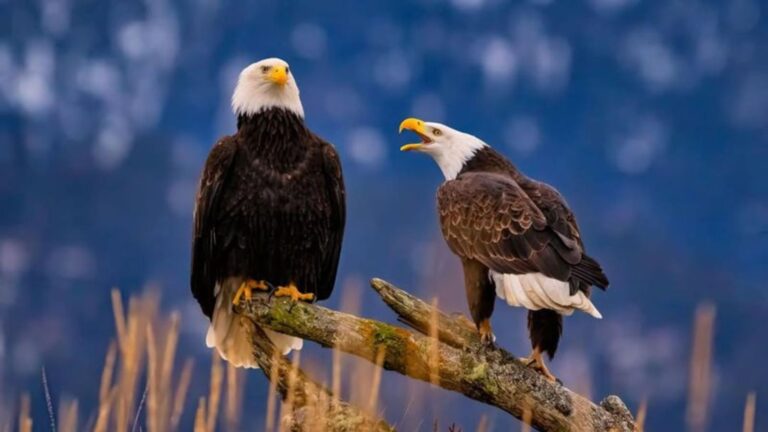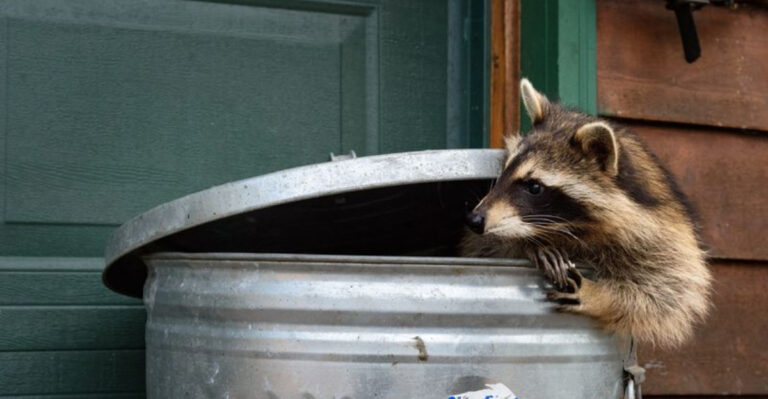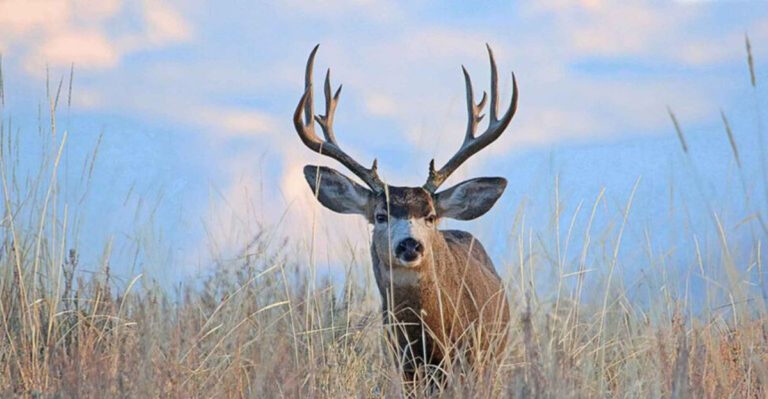15 Sea Creatures With Lifespans That Are Hard To Believe
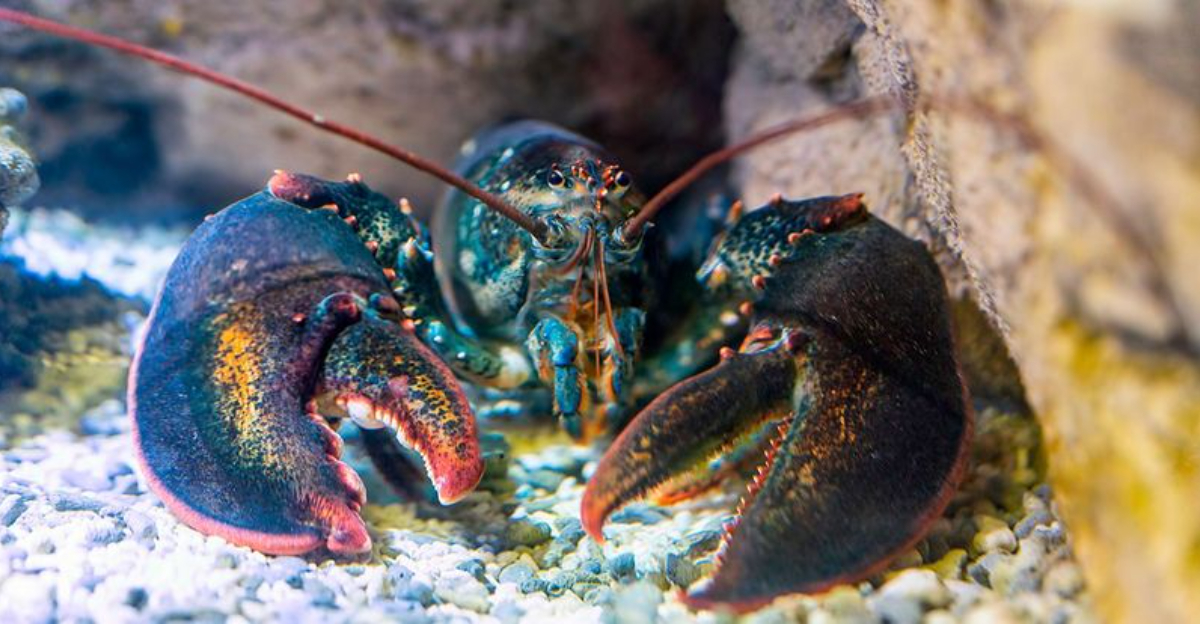
The ocean depths hide secrets that continue to amaze scientists. Among these mysteries are sea creatures with lifespans that defy our understanding of aging.
From animals that live for just a few hours to others that might be older than human civilization, these marine lifespans showcase nature’s incredible diversity.
1. Immortal Jellyfish: The Creature That Rewinds Time
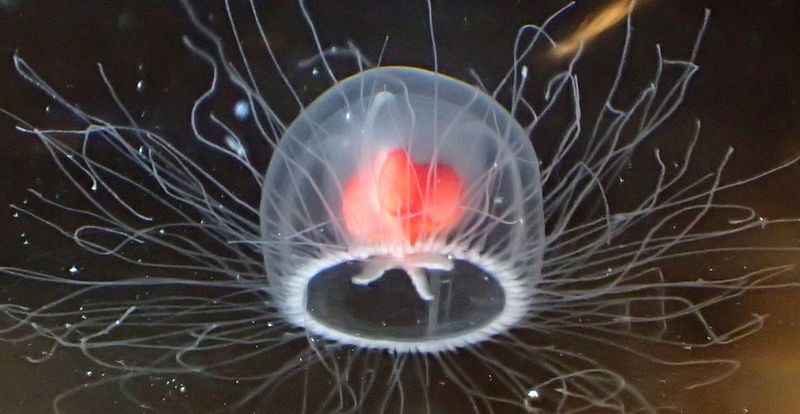
Imagine hitting the reset button on your life whenever you get old. That’s exactly what Turritopsis dohrnii does! When stressed or aging, this tiny jellyfish transforms back into its juvenile polyp stage.
Scientists call this biological immortality. While predators and disease still claim them, these jellies could theoretically live forever by continuously reverting to youth.
2. Ocean Quahog: The 500-Year-Old Clam
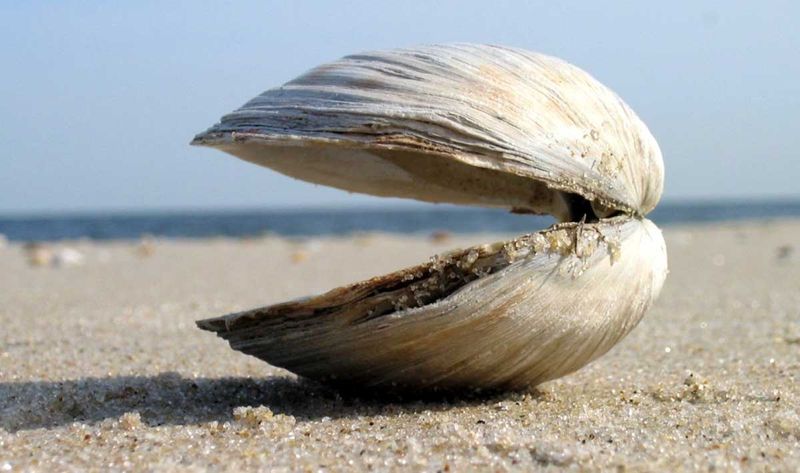
Resting beneath the frigid North Atlantic seabed, humble-looking clams silently count centuries. One specimen, nicknamed “Ming,” lived for an astonishing 507 years before scientists accidentally ended its life while determining its age.
These unassuming bivalves grow slowly in cold waters, with their shells displaying growth rings like trees, marking lifespans that began when Columbus sailed the ocean blue.
3. Bowhead Whale: The 200-Year Club
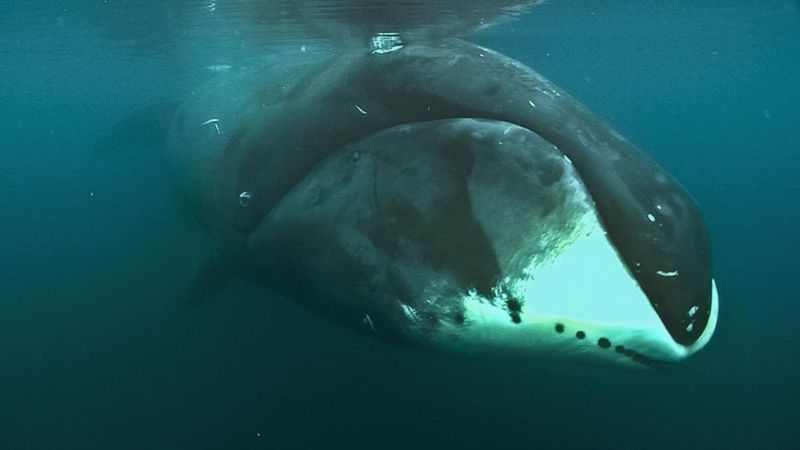
Finding antique harpoon heads from the 1800s embedded in living whales was scientists’ first clue these Arctic giants were special. Bowheads can swim past their 200th birthday, making them the longest-living mammals on Earth.
Their secret? Super-efficient DNA repair mechanisms and anti-cancer adaptations. Some bowheads swimming today were alive during the Civil War!
4. Greenland Shark: Swimming Since Shakespeare’s Time
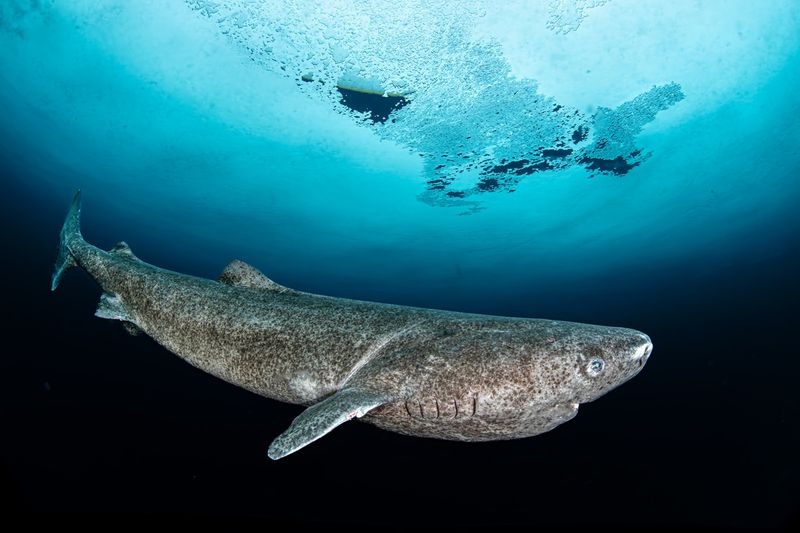
Swimming through pitch-black Arctic waters, Greenland sharks grow at a snail’s pace – less than one centimeter per year. This glacial growth rate contributes to their jaw-dropping 400+ year potential lifespan.
Scientists aged one female at approximately 400 years old. That means she was hunting beneath the ice when Shakespeare was writing his plays! These sharks don’t even reach sexual maturity until around 150 years old.
5. Red Sea Urchin: The Prickly Centenarians
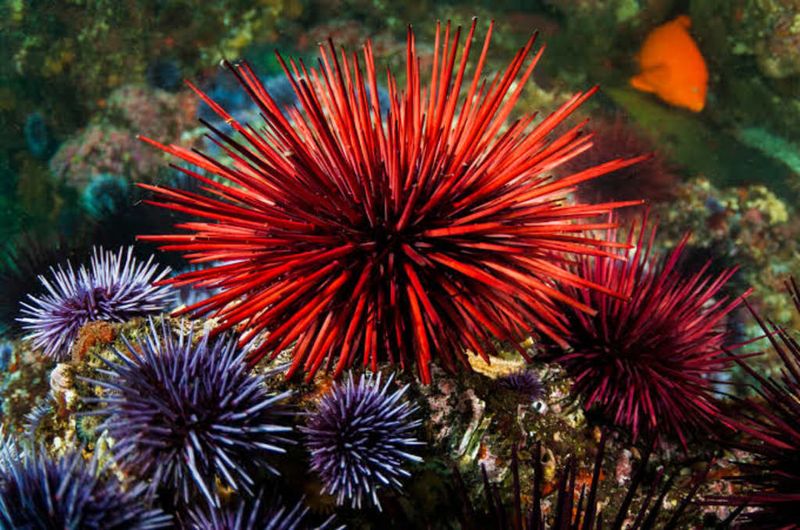
Beneath their spiky exterior lies an incredible secret – red sea urchins can live over 200 years without showing signs of aging! Unlike humans, they don’t experience declining fertility or muscle deterioration as they age.
Found along Pacific coastlines, these living pincushions just keep growing and reproducing decade after decade. Their biological clocks seem to tick differently than most creatures, making them valuable for aging research.
6. Koi Fish: Swimming Through Generations
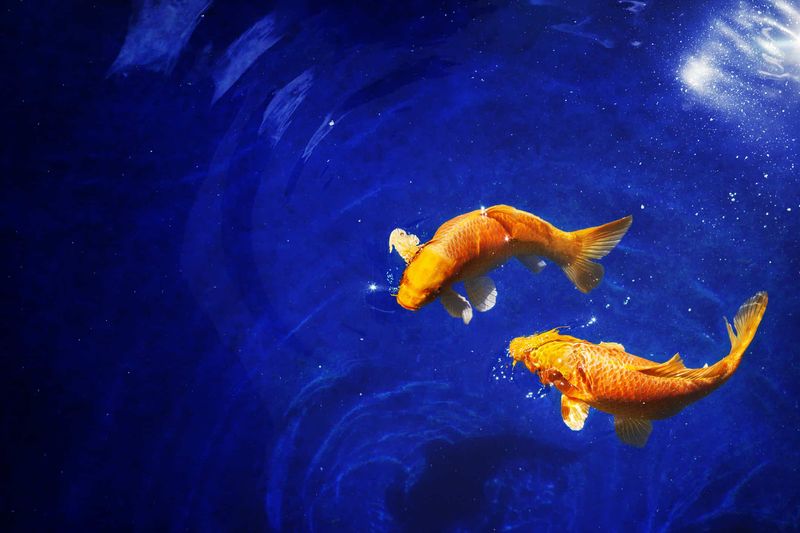
Would you believe that family fish could outlive great-grandchildren? The oldest documented koi, a Japanese fish named Hanako, lived to 226 years old – her age verified by examining her scales under a microscope.
While most koi live 40-60 years, these colorful carp can smash century marks under optimal conditions. Their longevity has made them symbols of perseverance in Asian cultures.
7. Giant Barrel Sponge: The Underwater Redwood
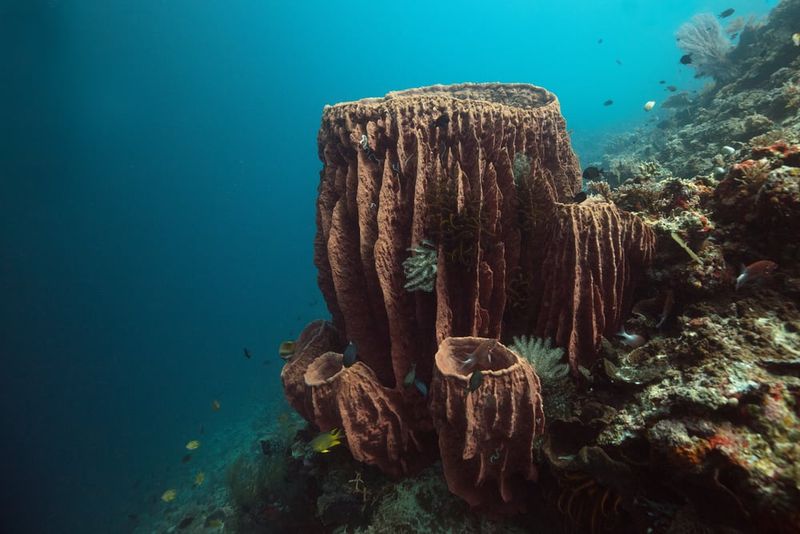
Looking more like underwater boulders than animals, giant barrel sponges quietly filter seawater for over 2,000 years. Nicknamed “redwoods of the reef,” some Caribbean specimens have been silently witnessing ocean life since Roman times.
These simple creatures lack brains, hearts, or muscles, yet somehow outlast virtually everything else on the planet. Their secret might be their incredibly slow metabolism and simple body structure.
8. Nautilus: Living Fossil With 20-Year Lifespan
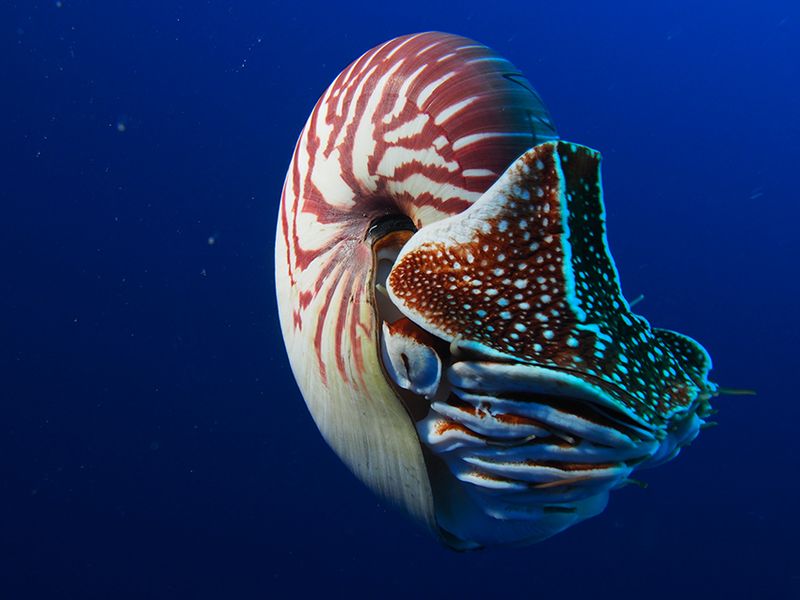
With its spiral shell and tentacled face, the nautilus looks like it swam straight out of prehistory -because it did! These “living fossils” have remained virtually unchanged for 500 million years.
Unlike their short-lived octopus cousins who rarely live past 2 years, nautiluses enjoy relatively lengthy 15-20 year lifespans. Their slow metabolism, deep-water habitat, and protective shell contribute to their extended time on Earth.
9. Antarctic Sponge: Two Millennia Under Ice
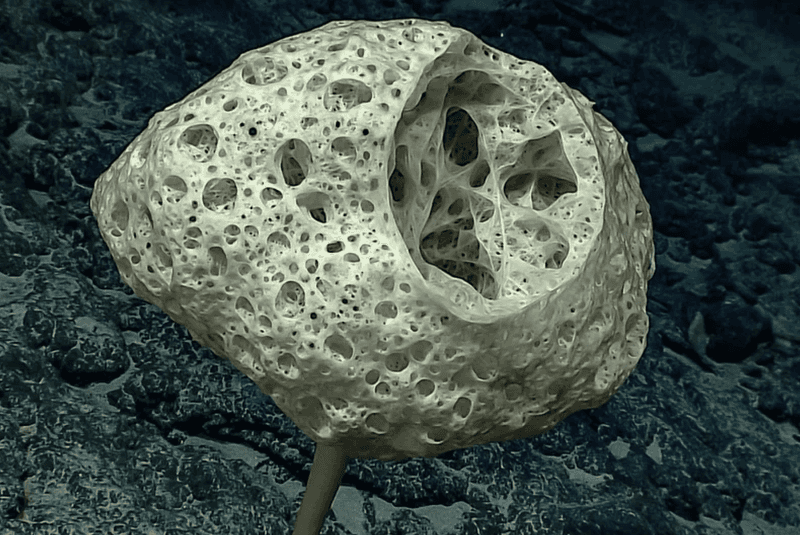
Beneath Antarctica’s frozen surface, massive sponges have been filtering the same frigid waters since before the Roman Empire. Some specimens are estimated to be over 10,000 years old – potentially making them Earth’s oldest living animals.
Growing less than 0.2 inches per year in the icy depths, these simple creatures demonstrate extraordinary patience. Their extreme longevity in harsh conditions baffles scientists studying aging mechanisms.
10. Lobster: The Ageless Crustaceans
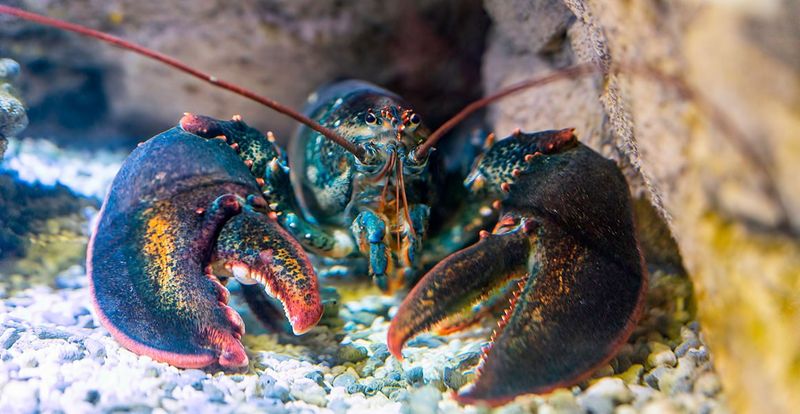
Unlike humans, lobsters actually get more fertile with age! These remarkable crustaceans produce enzymes that continuously repair their DNA, potentially allowing indefinite growth and reproduction.
While most wild lobsters don’t survive predators long enough to reach extreme ages, under perfect conditions they show no signs of senescence – the biological deterioration that comes with aging. Some scientists believe they could theoretically live for centuries.
11. Sea Anemone: The Underwater Immortals
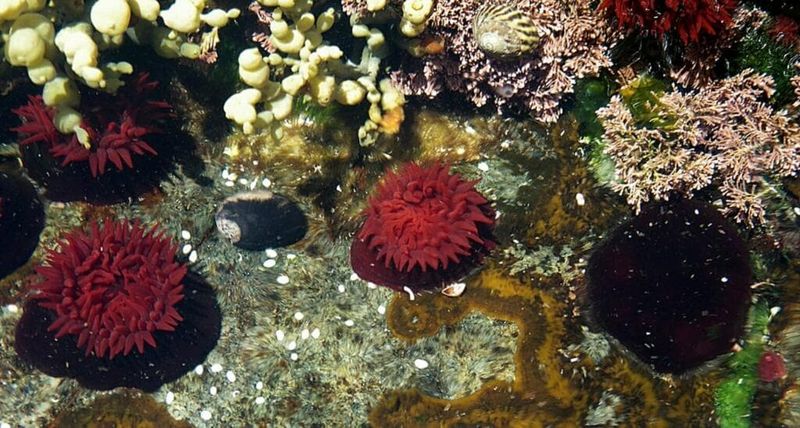
Gently waving their tentacles in ocean currents, some sea anemones appear not to age at all. The Actinia tenebrosa species can live for over 60 years with no signs of deterioration!
These colorful creatures can reproduce by simply splitting in half, creating genetic clones. This remarkable ability allows anemone colonies to potentially persist indefinitely, with some genetic lineages potentially thousands of years old.
12. Rougheye Rockfish: The 200-Year-Old Fish
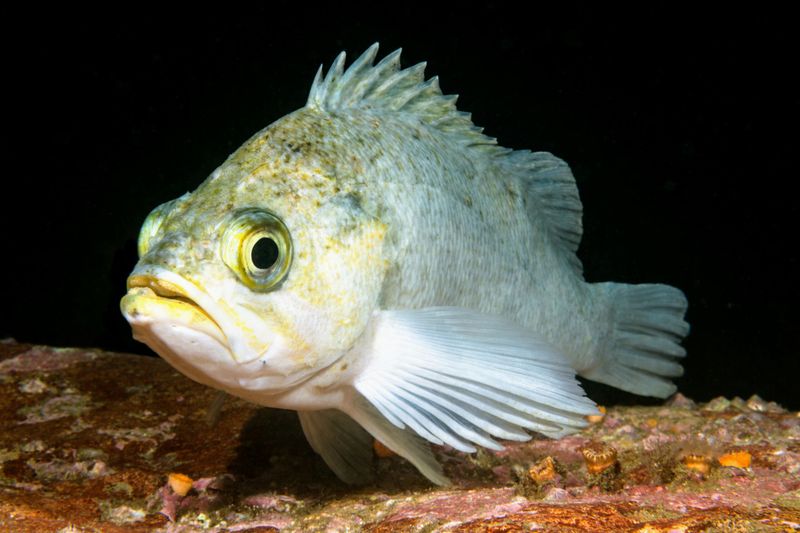
Lurking in the depths of the North Pacific, these unassuming fish can quietly celebrate their 200th birthday. With bright red bodies and distinctive “rough” eyes, they’re among the longest-living vertebrates on Earth.
Scientists determine their age by counting growth rings in ear bones called otoliths. Their extraordinary longevity likely comes from slow metabolism, cold-water habitat, and remarkable resistance to cellular damage that typically causes aging.
13. Hydra: Tiny Immortals
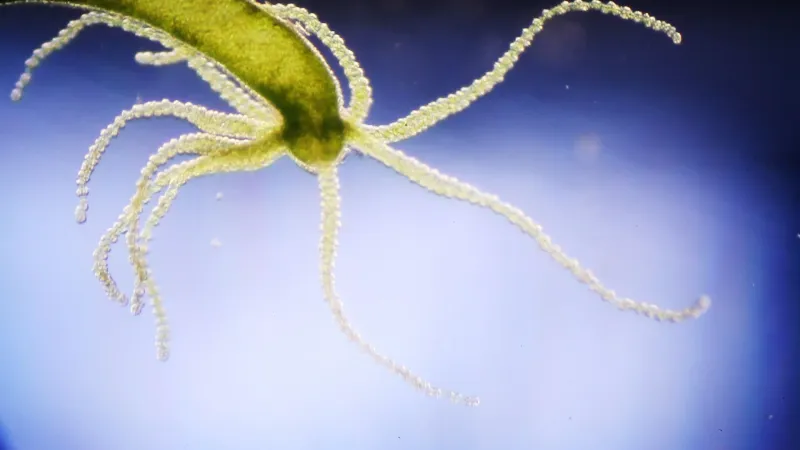
At just half an inch long, freshwater hydras pack an extraordinary superpower – biological immortality! These tiny relatives of jellyfish continuously replace every cell in their bodies, effectively renewing themselves indefinitely.
Under laboratory conditions, hydras show no increased mortality risk over time. They maintain constant regenerative abilities throughout their lives, making them valuable research subjects for scientists studying aging and potential human longevity treatments.
14. Galapagos Tortoise: Century-Spanning Sea Voyagers
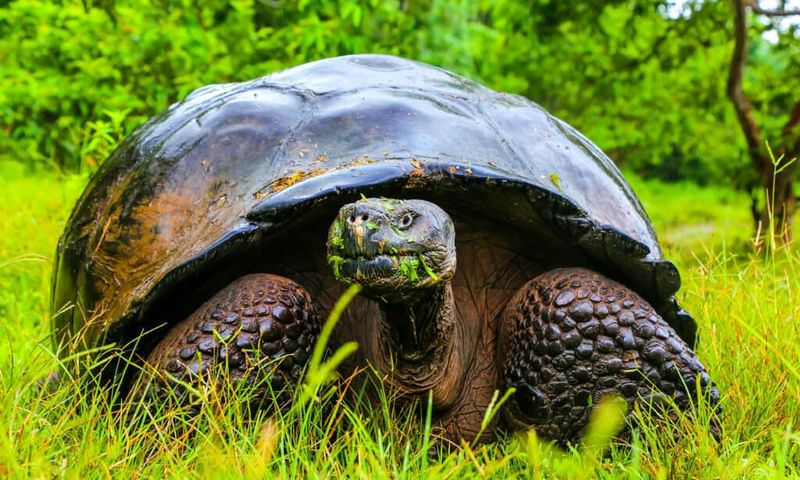
While not strictly marine animals, these island giants deserve mention for their incredible 150+ year lifespans. Charles Darwin might have met tortoises that are still alive today!
Their slow metabolism, peaceful lifestyle, and efficient organ systems all contribute to their remarkable longevity. Harriet, a famous Galapagos tortoise, lived to 175 years old – witnessing everything from the Civil War to the Internet age.
15. Freshwater Pearl Mussel: The 250-Year Shellfish
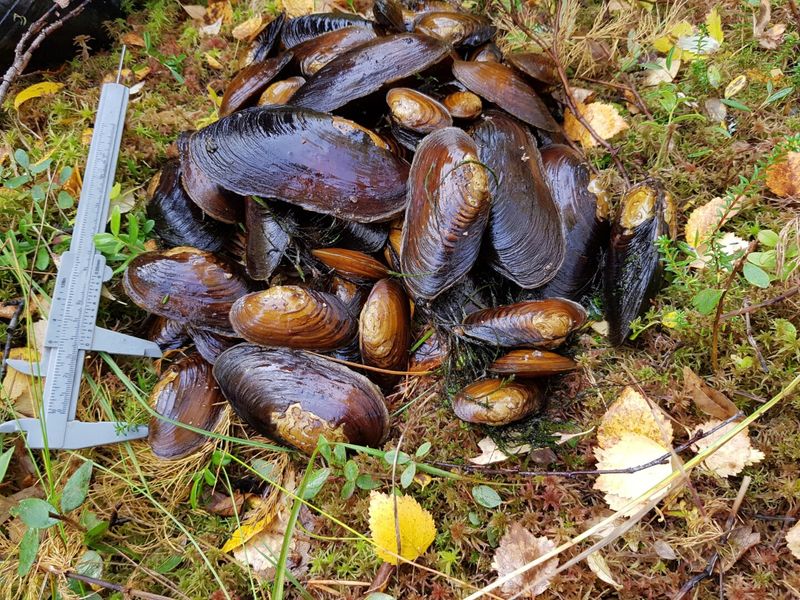
Hidden in clean, fast-flowing rivers, these unassuming shellfish quietly filter water for up to 250 years! European specimens have been documented living since before the American Revolution.
Their incredible lifespans come with equally impressive patience – they don’t even reach sexual maturity until age 20. Sadly, pollution and habitat destruction have made these long-lived creatures endangered in many regions.

